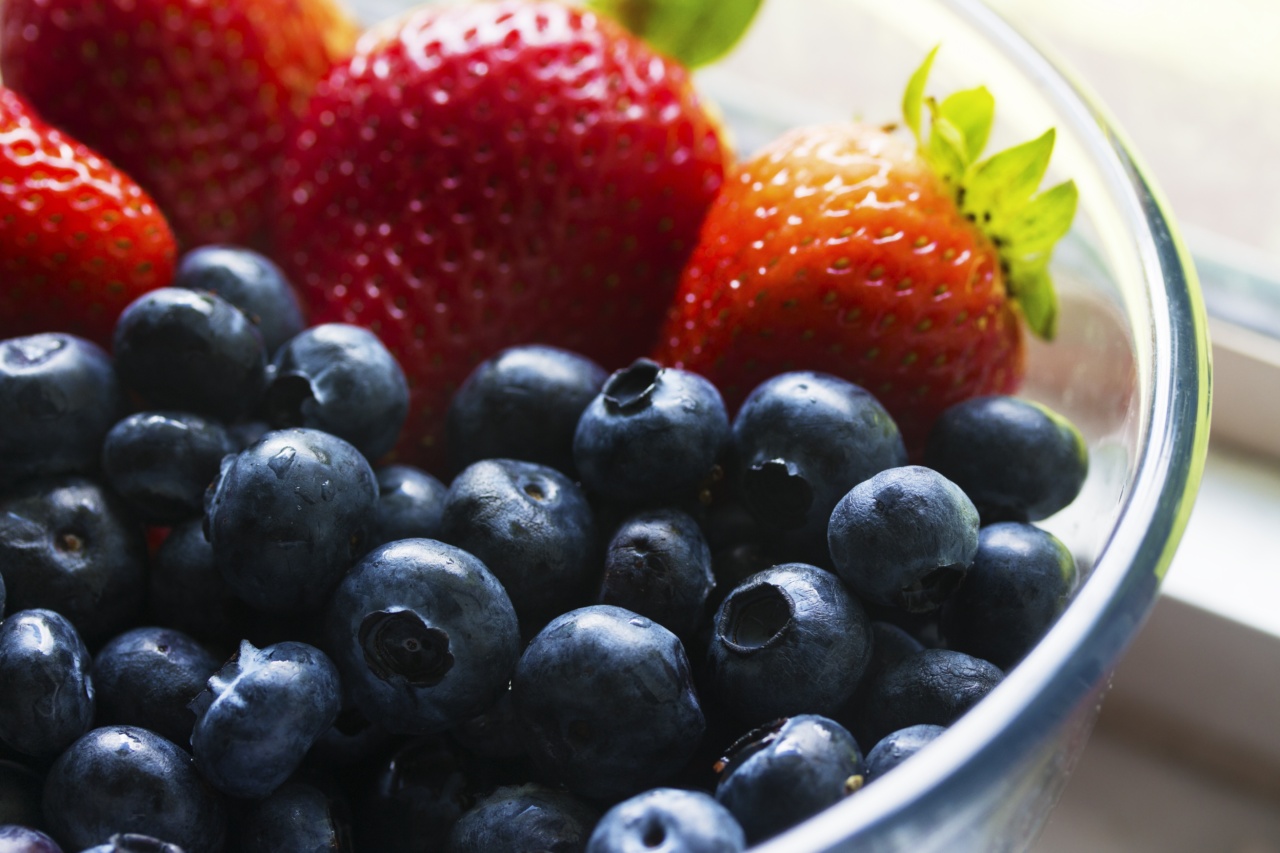The rainbow diet is a way of eating that emphasizes consuming a variety of fruits and vegetables of different colors. Each color represents specific vitamins and minerals that are essential for our health.
By incorporating a variety of colorful fruits and vegetables in our diet, we can improve our health markers and reduce the risk of chronic diseases. Let’s take a closer look at how the rainbow diet can benefit our health.
Red and Pink Foods
Red and pink fruits and vegetables contain antioxidants called lycopene and anthocyanins, which have been shown to reduce the risk of heart disease, cancer, and inflammation.
Examples of red and pink foods:.
- Tomatoes
- Watermelon
- Strawberries
- Grapefruit
- Raspberries
- Red bell peppers
Orange and Yellow Foods
Orange and yellow fruits and vegetables contain beta-carotene, which is converted into vitamin A in our bodies. Vitamin A helps maintain healthy skin, immune function, and vision.
Examples of orange and yellow foods:.
- Sweet potatoes
- Carrots
- Oranges
- Mangoes
- Pineapples
- Pumpkin
Green Foods
Green fruits and vegetables contain chlorophyll, a natural pigment that gives them their color. Chlorophyll has been shown to have anti-inflammatory and liver-detoxifying properties.
Green vegetables are also a great source of vitamin K, which helps with blood clotting and bone health.
Examples of green foods:.
- Broccoli
- Spinach
- Kale
- Green beans
- Cucumbers
- Green apples
Purple and Blue Foods
Purple and blue fruits and vegetables contain anthocyanins, which have been shown to have anti-inflammatory and anti-cancer properties. Anthocyanins also help improve cardiovascular health by reducing blood pressure and improving arterial function.
Examples of purple and blue foods:.
- Blueberries
- Blackberries
- Plums
- Eggplant
- Grapes
- Purple cabbage
White and Brown Foods
White and brown fruits and vegetables contain compounds called allicin and quercetin, which have been shown to reduce the risk of heart disease, cancer, and inflammation.
Examples of white and brown foods:.
- Onions
- Mushrooms
- Potatoes
- Cauliflower
- Garlic
- Pears
The Benefits of the Rainbow Diet
Research has shown that following a rainbow diet can have numerous benefits for our health:.
- Improved digestion and gut health
- Reduced risk of chronic diseases such as heart disease, diabetes, and cancer
- Improved immune function
- Reduced inflammation
- Improved cardiovascular health
- Improved weight management
- Improved mental health and mood
It’s important to note that a rainbow diet doesn’t have to be complicated. Simply adding a variety of colorful fruits and vegetables to your meals every day can have a big impact on your health.
You can also try new recipes that incorporate different colors and types of fruits and vegetables to keep things interesting and flavorful.
Tips for Incorporating More Colors in Your Diet
Here are some tips to help you add more colors to your diet:.
- Add berries to your breakfast cereal or yogurt
- Swap out white potatoes for sweet potatoes or purple potatoes
- Try roasted carrots, beets, or parsnips for a colorful and flavorful side dish
- Make a fruit salad with a variety of colorful fruits
- Add spinach or kale to your smoothies
- Try roasted or grilled bell peppers, eggplant, or zucchini for a delicious and colorful side dish
The rainbow diet is a simple and effective way to improve your health by incorporating a variety of colorful fruits and vegetables into your meals.
By doing so, you’ll provide your body with the essential vitamins, minerals, and antioxidants that are needed for optimal health and wellness.































